Home>Garden Essentials>How To Build An Outdoor Play Area For Cat
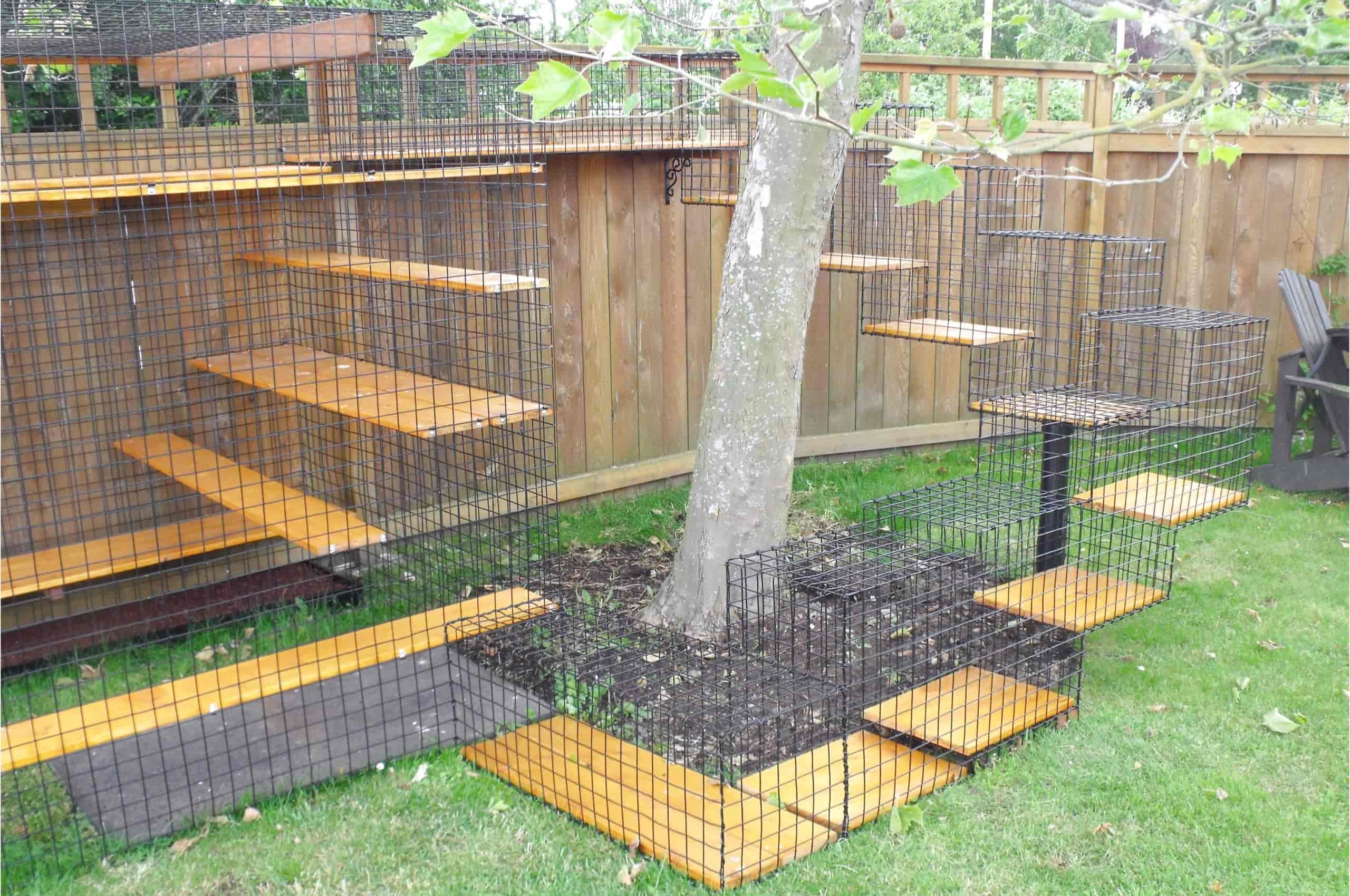

Garden Essentials
How To Build An Outdoor Play Area For Cat
Modified: March 7, 2024
Discover how to create a fabulous garden play area for your cat with our helpful guide. Transform your outdoor space into a kitty paradise.
(Many of the links in this article redirect to a specific reviewed product. Your purchase of these products through affiliate links helps to generate commission for Storables.com, at no extra cost. Learn more)
Introduction
Welcome to the world of outdoor play areas for cats! If you’re a cat owner, you know how important it is to provide your feline friend with a stimulating and safe environment. While indoor spaces are cozy and comfortable, allowing your cat to explore the outdoors can have numerous benefits for their physical and mental well-being.
An outdoor play area gives your cat the opportunity to engage in natural behaviors like climbing, exploring, and enjoying the fresh air. It provides a change of scenery and can help alleviate boredom and frustration that may arise from being confined indoors. Creating an outdoor play area for your cat is a wonderful way to enrich their lives and strengthen the bond between you and your furry companion.
In this article, we will guide you through the steps to build an outdoor play area that is both stimulating and secure for your feline friend. From choosing the right space to incorporating various elements, we’ll cover everything you need to know to create a purrfect playground. So let’s get started!
Key Takeaways:
- Create a stimulating outdoor play area for your cat by choosing a safe space, installing a secure fence, and providing shelter, climbing structures, and interactive toys. Prioritize safety and supervision to ensure a purrfect playground.
- Building an outdoor play area for your cat enhances their well-being and strengthens your bond. Incorporate stimulating elements, prioritize safety, and enjoy watching your furry friend thrive in their new outdoor playground!
Read more: How To Build A Play Area For Ferret
Step 1: Choose a suitable outdoor space for the play area
The first step in building an outdoor play area for your cat is to select a suitable space in your backyard or garden. Here are some factors to consider when choosing the ideal location:
- Size: Ensure that the space is large enough to accommodate your cat’s play needs. Cats love to roam and explore, so aim for an area that provides enough room for them to move around freely.
- Accessibility: Make sure the outdoor play area is easily accessible for your cat. Avoid locations that require climbing or squeezing through tight spaces, as it may discourage your cat from using the area.
- Sunlight and Shade: Cats enjoy soaking up the sun, but they also need shady areas to relax and cool down. Look for a space that offers a mix of sunlight and shade throughout the day.
- Privacy: Cats are curious creatures, but they also value their privacy. Choose a location that is somewhat secluded, away from loud noises or high foot traffic areas, so your cat feels safe and secure.
- Safety: Ensure that the chosen space is free from potential hazards such as toxic plants, sharp objects, or openings that your cat could escape through. It’s important to create a secure environment to keep your cat protected.
Once you’ve identified the ideal location, it’s time to move on to the next step: installing a secure and sturdy fence or enclosure to keep your cat safely contained in their new outdoor play area.
Step 2: Install a secure and sturdy fence or enclosure
To ensure the safety and security of your cat in the outdoor play area, it is essential to install a reliable fence or enclosure. Here are some important considerations when choosing and installing a fence:
- Height: Ensure that the fence is high enough to prevent your cat from jumping over it. Cats are excellent climbers, so a fence with a height of at least 6 feet is recommended.
- Material: Opt for a sturdy material that can withstand weather conditions and the wear and tear of a playful cat. Common options include wood, vinyl, or metal.
- Gaps and Openings: Inspect the fence for any gaps or openings that your cat might squeeze through. Patch up any holes and ensure that the fence is tightly secured to the ground to prevent escape.
- Barriers: If your fence has bars or pickets with wide gaps, consider adding a barrier such as chicken wire or mesh to prevent your cat from slipping through.
- Gates: Install a secure gate that can be easily opened and closed. Make sure the latch is cat-proof to prevent accidental escapes.
- Catio Option: If you prefer not to install a fence, consider building a catio, which is an enclosed area made specifically for cats. A catio provides a safe and stimulating outdoor environment while keeping your cat contained.
Once the fence or enclosure is in place, your cat will have the freedom to explore and enjoy the outdoors without the risk of wandering off or getting into trouble. In the next step, we will discuss how to provide outdoor shelter and resting areas for your furry friend within the play area.
Step 3: Provide outdoor shelter and resting areas
Creating cozy and comfortable outdoor shelter and resting areas is essential to ensure your cat’s well-being in the play area. Here are some tips to provide the perfect spaces for your cat to relax and take a break:
- Shade and Sun Protection: Set up areas with natural or artificial shade to protect your cat from the sun’s harsh rays. You can use umbrellas, shade cloths, or even strategically placed plants to create shaded spots.
- Outdoor Bed or Hammock: Place a cozy outdoor bed or hammock in a sheltered area where your cat can stretch out and take a nap. Look for materials that are weather-resistant and easy to clean.
- Hideouts and Cubbies: Provide hiding spots such as cat houses, tunnels, or boxes where your cat can retreat and feel secure. Position them in various areas of the play area to give your cat options for privacy.
- Raised Platforms or Perches: Install raised platforms or perches at different heights to mimic the experience of climbing trees. These spots provide your cat with a vantage point to observe their surroundings and satisfy their natural instincts.
- Water and Food Stations: Ensure that your cat has access to fresh water and food even outdoors. Place water bowls and feeding stations in protected areas to prevent contamination from dirt or insects.
By providing comfortable outdoor shelters and resting areas, you’ll create a retreat where your cat can relax and recharge during their play sessions. In the next step, we’ll explore how to incorporate various stimulating elements to keep your cat engaged and entertained in the outdoor play area.
Step 4: Incorporate various stimulating elements
When designing an outdoor play area for your cat, it’s important to include stimulating elements that cater to their natural instincts and provide mental and physical enrichment. Here are some ideas to incorporate into your cat’s outdoor playground:
- Plants and Grass: Add cat-friendly plants and grass to the play area. Cats love to nibble on certain plant varieties, such as catnip, catmint, or wheatgrass. Make sure the plants are non-toxic and safe for your feline friend.
- Sensory Stimuli: Include elements that stimulate your cat’s senses. Install wind chimes, hanging toys, or a bird feeder nearby to provide visual and auditory stimulation. You can also incorporate different textures like rocks, branches, or sandboxes for tactile experiences.
- Digging Area: Create a designated digging spot for your cat to satisfy their natural instinct to dig. Fill a small area with loose soil or sand where they can engage in digging and exploring.
- Water Feature: If your cat enjoys water, consider adding a shallow and safe water feature like a small pond or a flowing fountain. Some cats enjoy playing with water and it can provide an additional sensory experience.
- Safe Wildlife Encounters: Design the play area in a way that allows your cat to observe wildlife, such as birds or squirrels, without posing any harm to them. Create perches or viewing spots near bird feeders or trees to give your cat the opportunity to observe and engage with nature.
By incorporating these stimulating elements, you can create an engaging and enriching outdoor environment that will keep your cat entertained and satisfied. Remember to observe your cat’s preferences and adjust the play area accordingly to cater to their unique needs.
In the next step, we’ll discuss the importance of incorporating climbing structures and perches in the outdoor play area for your cat’s physical exercise and mental stimulation.
Consider using materials such as PVC pipes, wire mesh, and wooden platforms to create a safe and stimulating outdoor play area for your cat. Make sure to include plenty of hiding spots and climbing opportunities to keep your cat entertained and active.
Read more: How Much To Build A Soft Play Area
Step 5: Include climbing structures and perches
Cats are natural climbers and providing them with opportunities to climb and perch is essential for their physical health and mental stimulation in an outdoor play area. Here are some ideas to incorporate climbing structures and perches:
- Cat Trees: Install one or more cat trees of varying heights and levels. These structures typically include platforms, perches, and scratching posts, allowing your cat to climb, jump, and survey their surroundings.
- Vertical Space: Utilize the vertical space in the play area by attaching shelves, platforms, or ramps to walls or trees. This gives your cat options for climbing and exploring at different heights.
- Ladders and Steps: Place ladders or steps leading up to higher platforms or perches. This will enable your cat to navigate and access elevated areas with ease.
- Hammocks and Hanging Beds: Include hammocks or hanging beds in the play area for your cat to relax and nap while enjoying an elevated position. These provide comfortable resting spots as well as a sense of security.
- Scratching Posts and Poles: Integrate scratching posts and poles throughout the play area to encourage healthy scratching behaviors. Cats love to stretch and scratch, and having designated areas for this activity will help protect your furniture.
By incorporating climbing structures and perches, you provide opportunities for your cat to exercise their muscles, improve their agility, and fulfill their natural instinct to climb and observe their environment. It’s essential to choose sturdy and secure structures that can withstand your cat’s playful activities.
In the next step, we’ll explore how to add interactive toys and scratching posts to keep your cat engaged and entertained in the outdoor play area.
Step 6: Add interactive toys and scratching posts
To keep your cat engaged and entertained in the outdoor play area, it’s important to provide a variety of interactive toys and scratching posts. These will help stimulate their mind, satisfy their natural instincts, and prevent boredom. Here are some ideas:
- Interactive Feeders: Use puzzle feeders or treat-dispensing toys to provide mental stimulation while satisfying your cat’s hunting instincts. These toys require your cat to work for their food, keeping them entertained and engaged.
- Chase Toys: Include interactive toys that encourage chasing and pouncing, such as feather teasers, wand toys, or laser pointers. These toys mimic prey movements, keeping your cat physically active and mentally stimulated.
- Outdoor Tunnel: Set up a tunnel or play tube in the play area for your cat to explore and hide in. This adds an element of adventure and provides a cozy space for play and relaxation.
- Scratching Posts: Place sturdy scratching posts or boards throughout the play area. Cats have a natural instinct to scratch, and providing designated scratching areas will help protect your furniture and fulfill this need.
- Motion-Activated Toys: Consider using motion-activated toys that respond to your cat’s movements, such as interactive balls or toys that make noises. These toys provide entertainment even when you’re not actively playing with your cat.
- Outdoor Water Fountain: Install a cat-friendly water fountain in the play area. The sound and movement of flowing water can be intriguing for cats and encourage them to stay hydrated.
Rotate the toys periodically to keep your cat’s interest and prevent monotony. Observe your cat’s preferences to determine which toys they enjoy the most, and adjust the selection accordingly.
Ensuring a combination of interactive toys and scratching posts will keep your cat mentally stimulated, physically active, and entertained while spending time in the outdoor play area.
In the final step, we’ll discuss the importance of implementing safety and security measures to protect your cat while they enjoy their outdoor playtime.
Step 7: Ensure safety and security measures
When creating an outdoor play area for your cat, it’s crucial to prioritize their safety and implement necessary security measures. Here are some important steps to ensure a safe and secure environment:
- Secure Boundaries: Regularly inspect the fence or enclosure to ensure there are no gaps, loose panels, or areas where your cat could escape. Reinforce any weak spots and make necessary repairs.
- Toxic Plants: Identify and remove any toxic plants from the play area. Certain plants, such as lilies, azaleas, and daffodils, can be harmful or even fatal to cats if ingested.
- Chemical-Free Zone: Avoid using pesticides, fertilizers, or other chemicals in or around the play area. These substances can be toxic to cats if ingested or absorbed through their paws.
- Supervision: If possible, supervise your cat while they are in the outdoor play area. This will allow you to intervene if any potential dangers arise, such as encounters with other animals or unwanted visitors.
- Collar with ID: Ensure your cat wears a collar with identification tags that include your contact information. In case they manage to escape the play area, this will increase the chances of a safe return.
- Microchip: Consider microchipping your cat as an added safety measure. Microchipping provides a permanent form of identification and increases the chances of a reunion if your cat goes missing.
- Weather Protection: Ensure there are shaded areas and shelter options in the play area to protect your cat from extreme weather conditions, such as excessive heat or rain.
Regularly inspect the play area for any potential hazards and make adjustments as needed. By implementing these safety and security measures, you can provide a safe and worry-free outdoor environment for your beloved feline friend.
After following these seven steps, you’ll have created a wonderful outdoor play area for your cat to enjoy. Remember to spend quality time with your cat in the play area, as they will appreciate your company and interaction.
By prioritizing their well-being, incorporating stimulating elements, and ensuring their safety, you’ve provided an enriching and fulfilling outdoor experience for your beloved furry friend.
Conclusion
Congratulations on successfully building an outdoor play area for your cat! By following the seven steps outlined in this article, you’ve created a stimulating and secure environment where your feline friend can explore, play, and relax.
Remember, an outdoor play area offers numerous benefits for your cat’s physical and mental well-being. It allows them to engage in natural behaviors, get fresh air and exercise, and satisfy their curiosity. The play area provides a change of scenery and helps prevent boredom and pent-up energy that can lead to destructive behaviors indoors.
Ensure that the chosen outdoor space is suitable in terms of size, accessibility, sunlight, and safety. Install a secure fence or enclosure to keep your cat safely contained. Provide outdoor shelter and resting areas, incorporating elements that cater to your cat’s comfort and privacy.
Add various stimulating elements like plants, sensory stimuli, a digging area, and a water feature to enhance your cat’s experience. Include climbing structures, perches, interactive toys, and scratching posts to keep them mentally stimulated and physically active.
Lastly, prioritize safety and security by regularly inspecting the play area, removing toxic plants, avoiding chemicals, and supervising your cat while they’re outdoors. Ensure proper identification in case of an escape and provide weather protection to keep your cat comfortable in all conditions.
By providing an enriching outdoor play area, you’ve created a space that enhances your bond with your cat and provides endless hours of joy and entertainment. So go ahead and enjoy watching your furry friend explore and thrive in their new outdoor playground!
Frequently Asked Questions about How To Build An Outdoor Play Area For Cat
Was this page helpful?
At Storables.com, we guarantee accurate and reliable information. Our content, validated by Expert Board Contributors, is crafted following stringent Editorial Policies. We're committed to providing you with well-researched, expert-backed insights for all your informational needs.
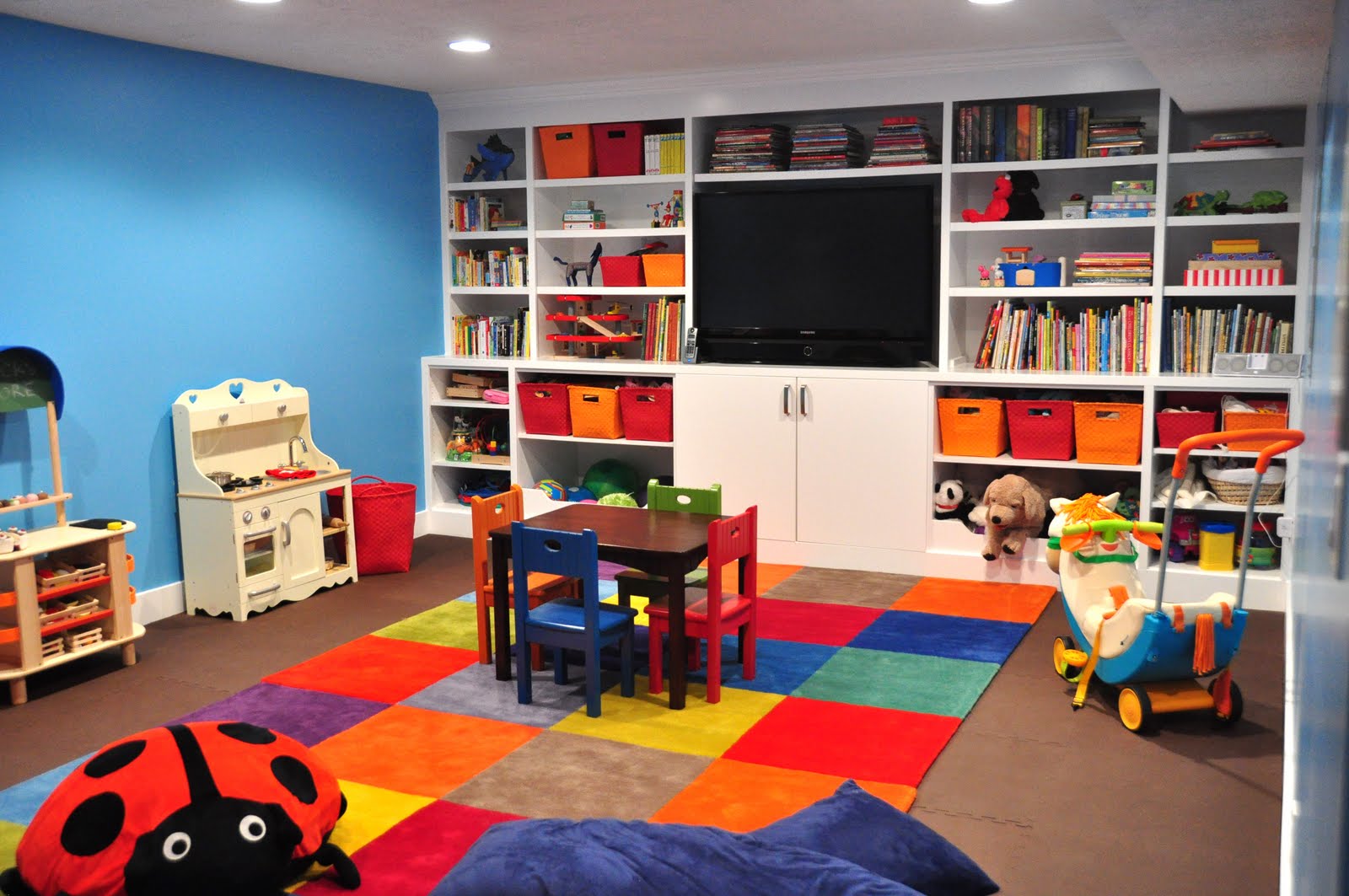
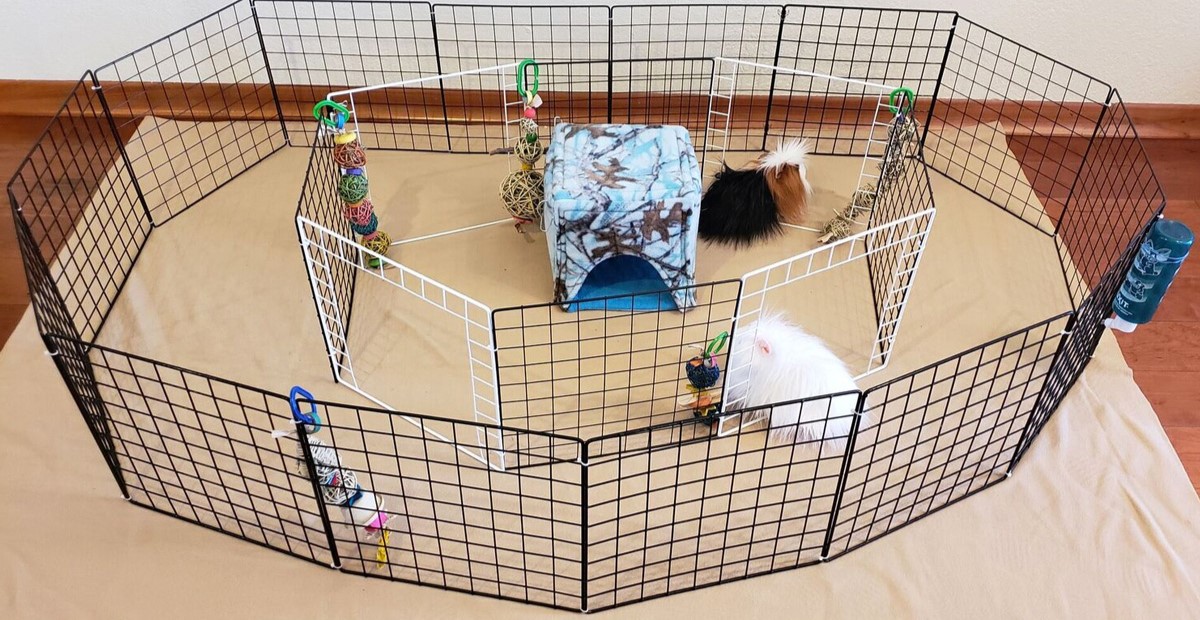

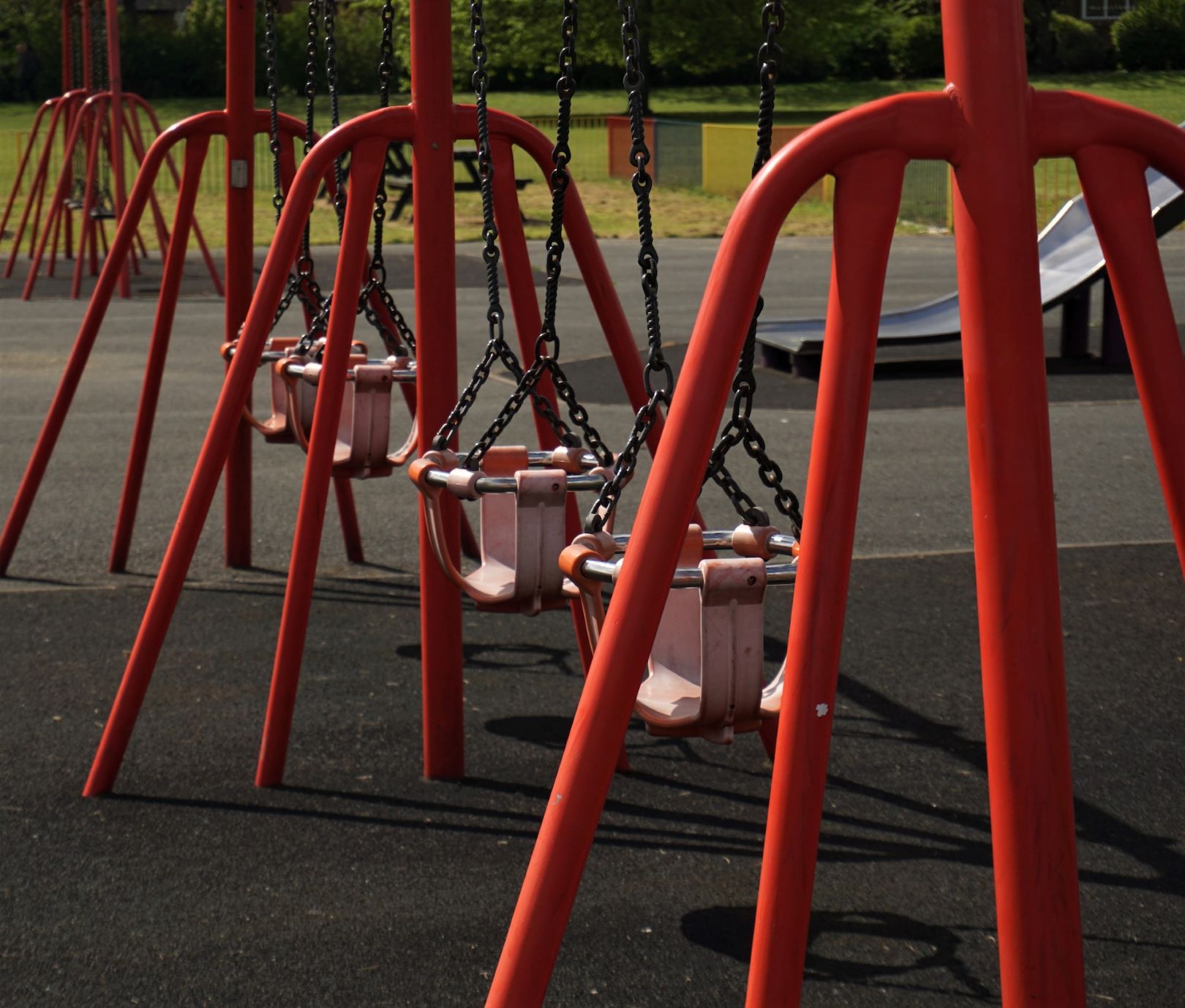

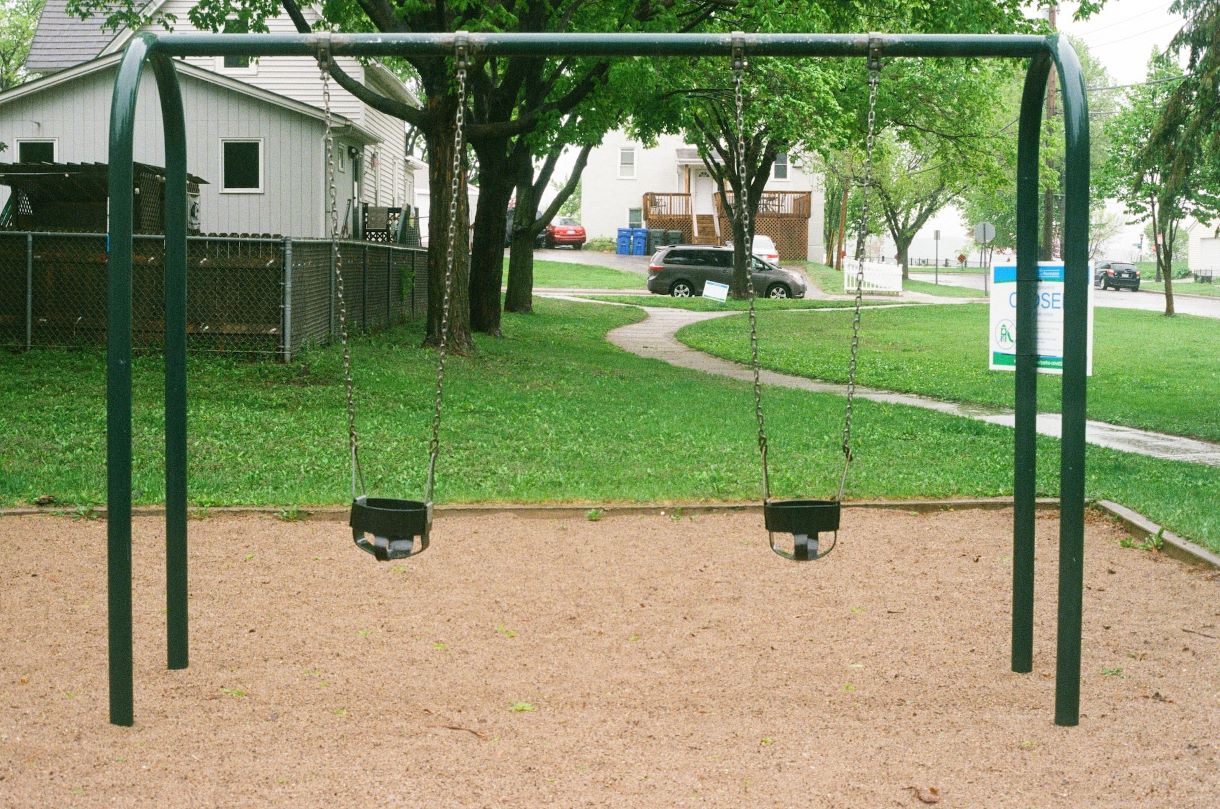
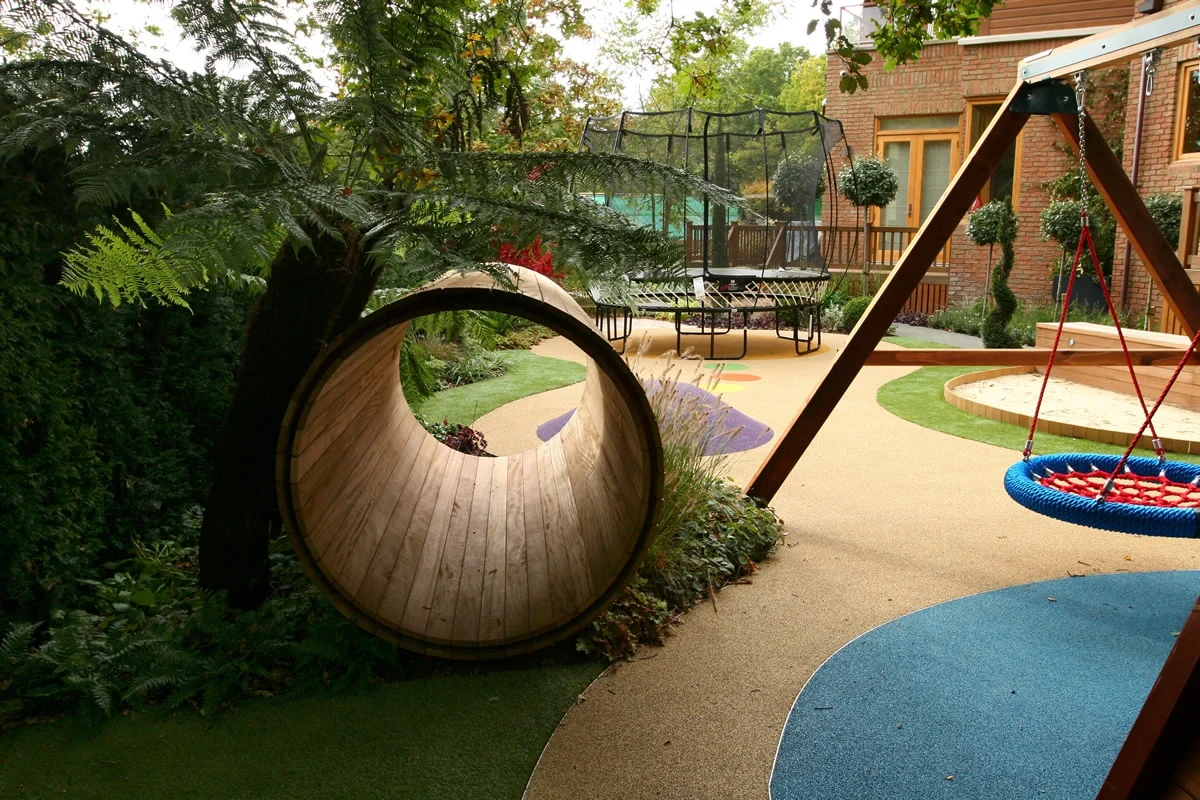
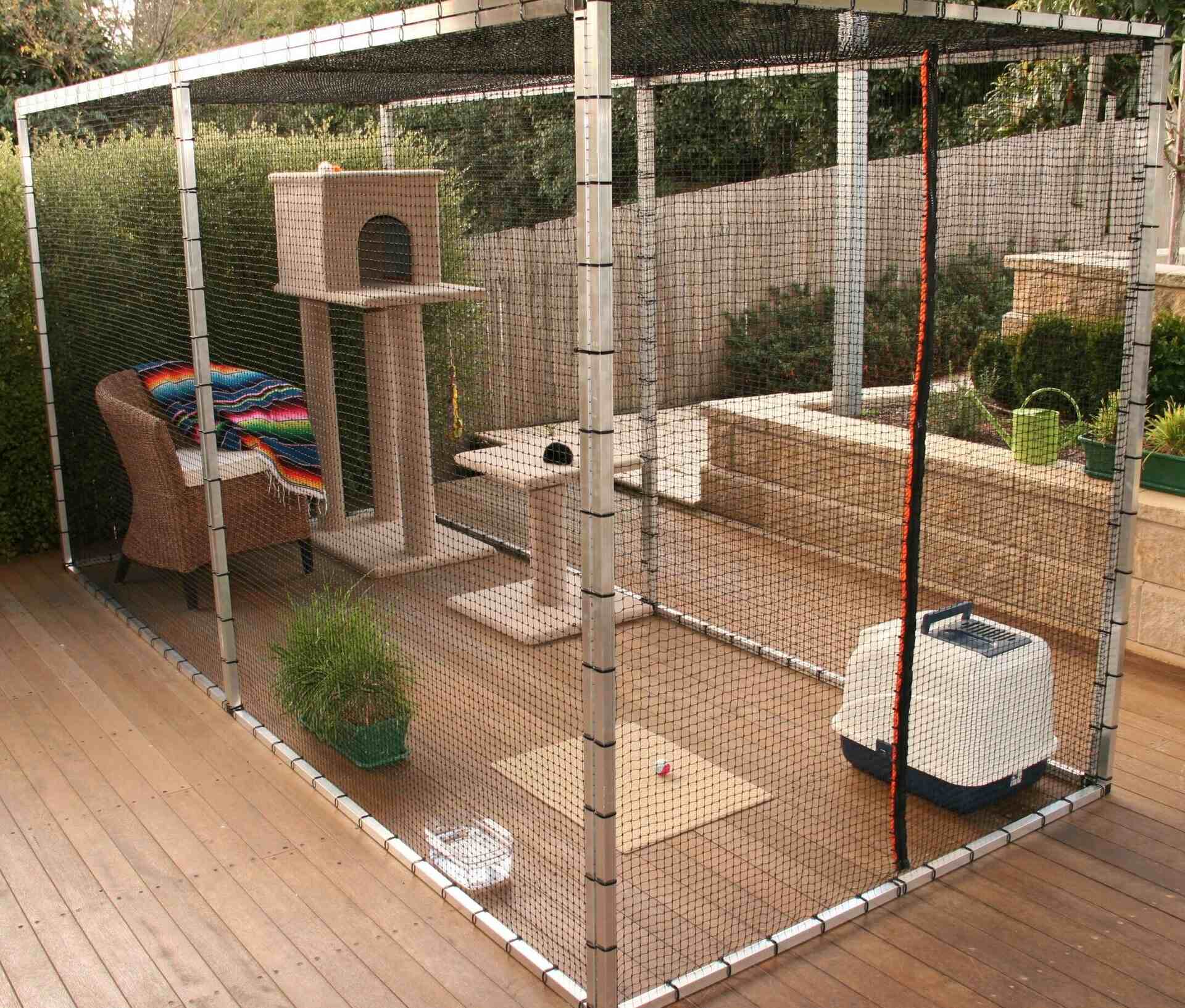
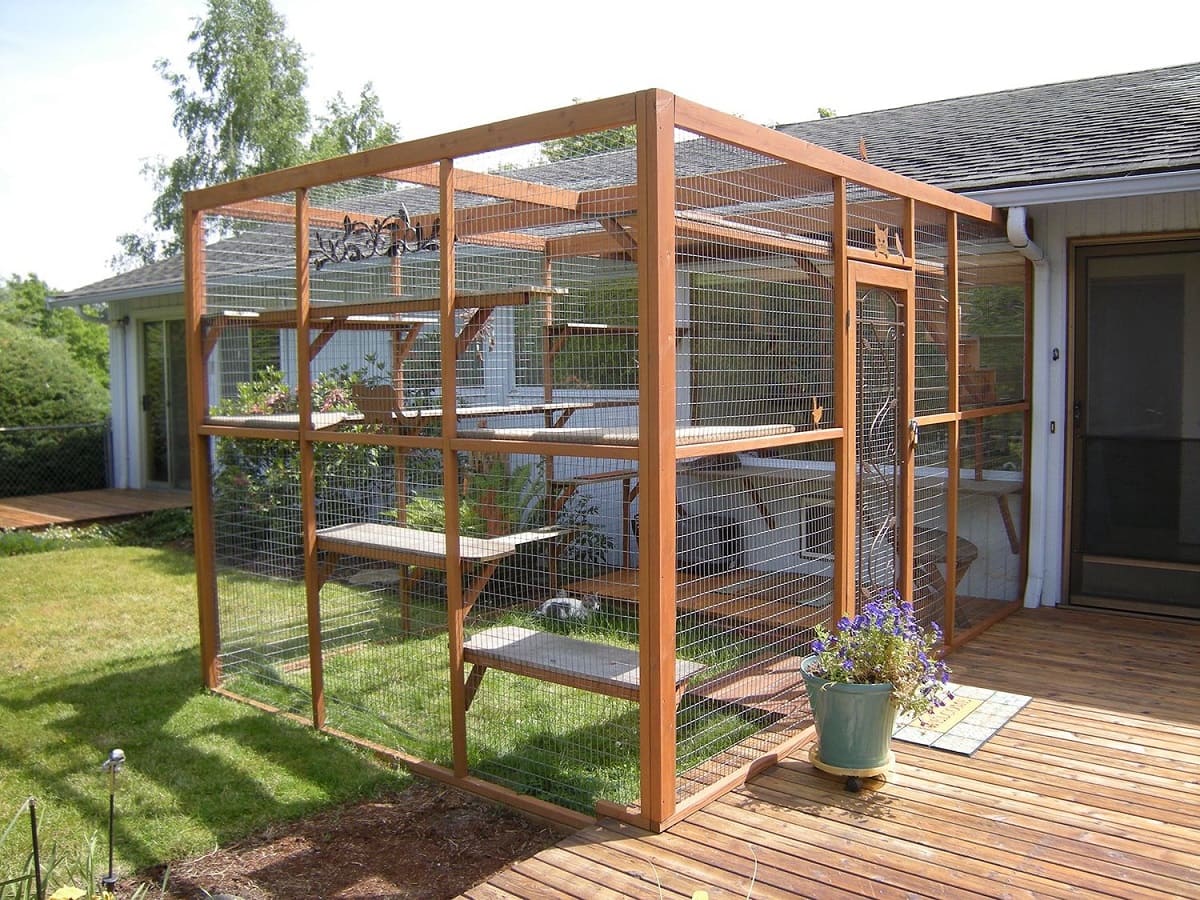

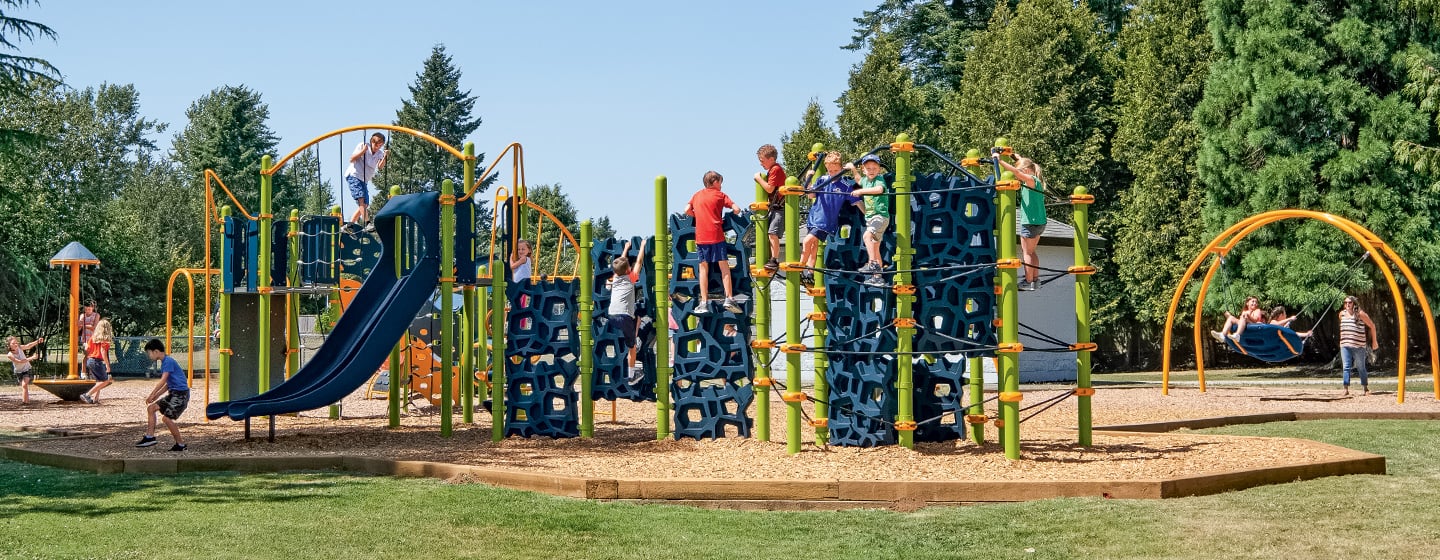

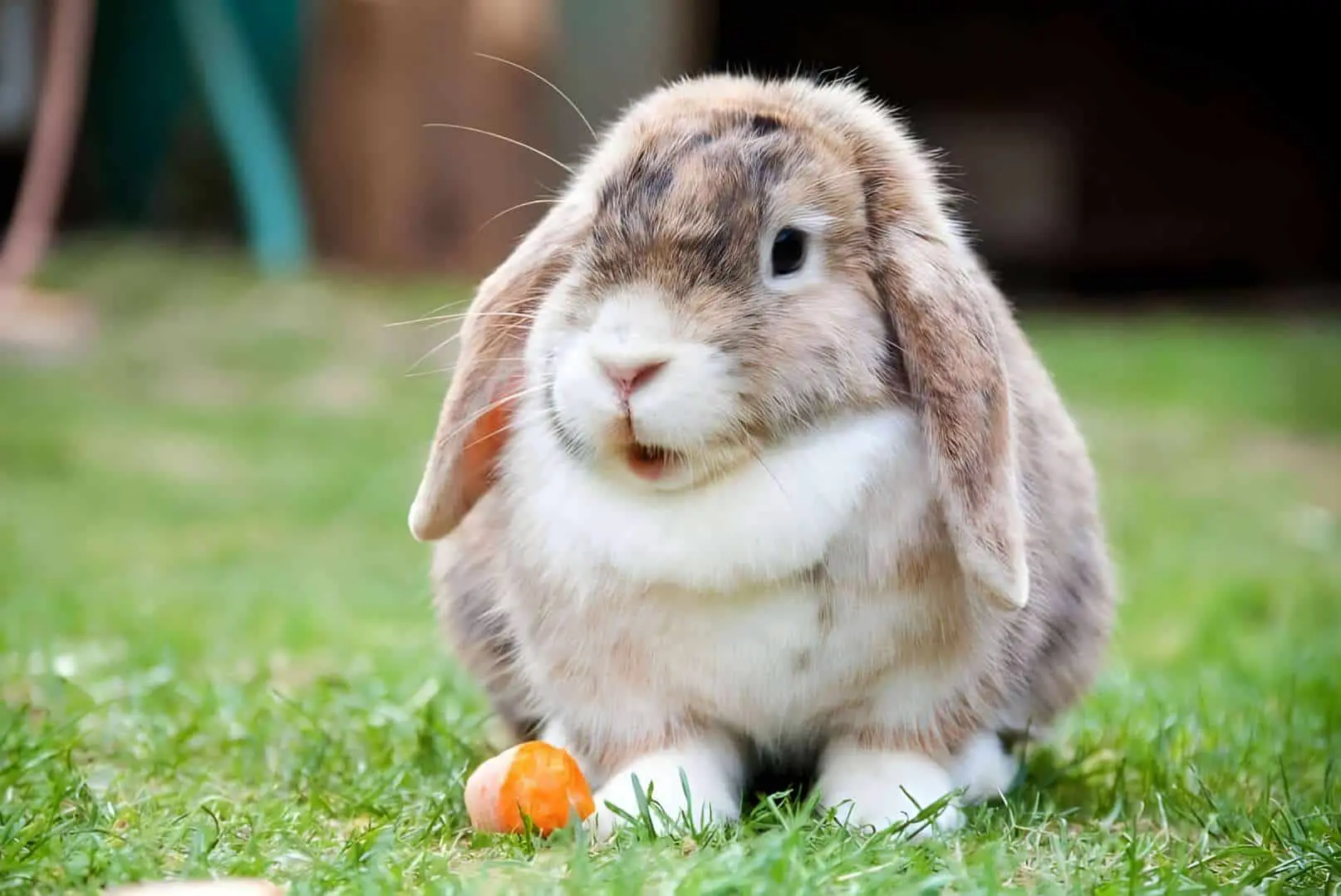
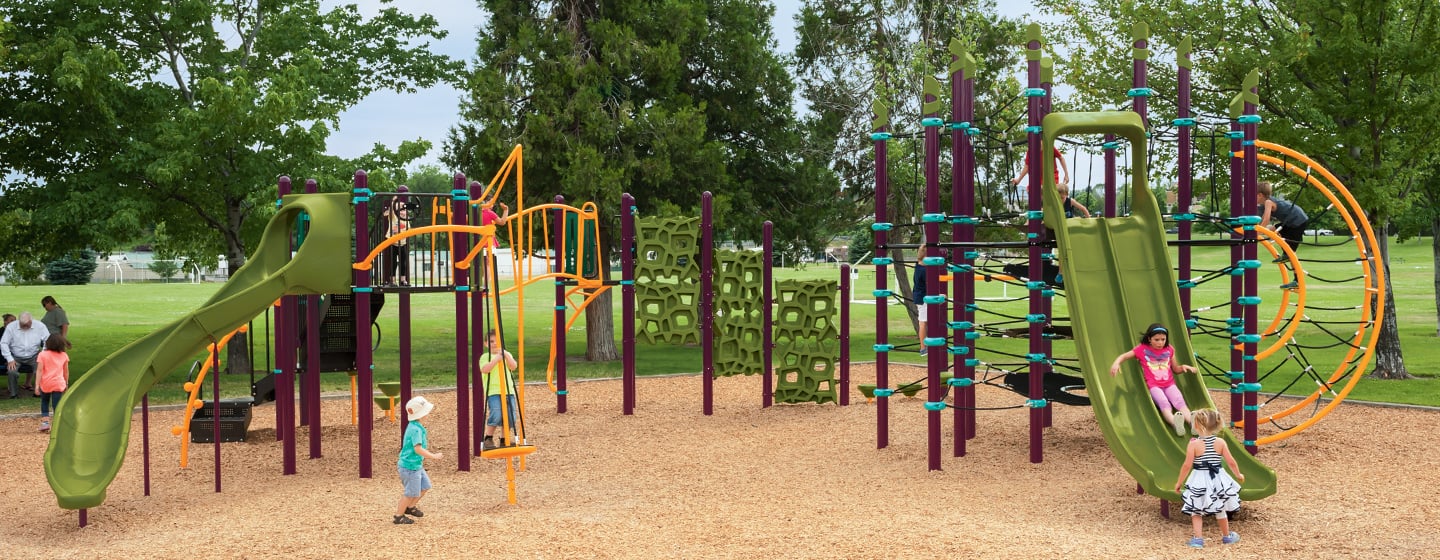

0 thoughts on “How To Build An Outdoor Play Area For Cat”